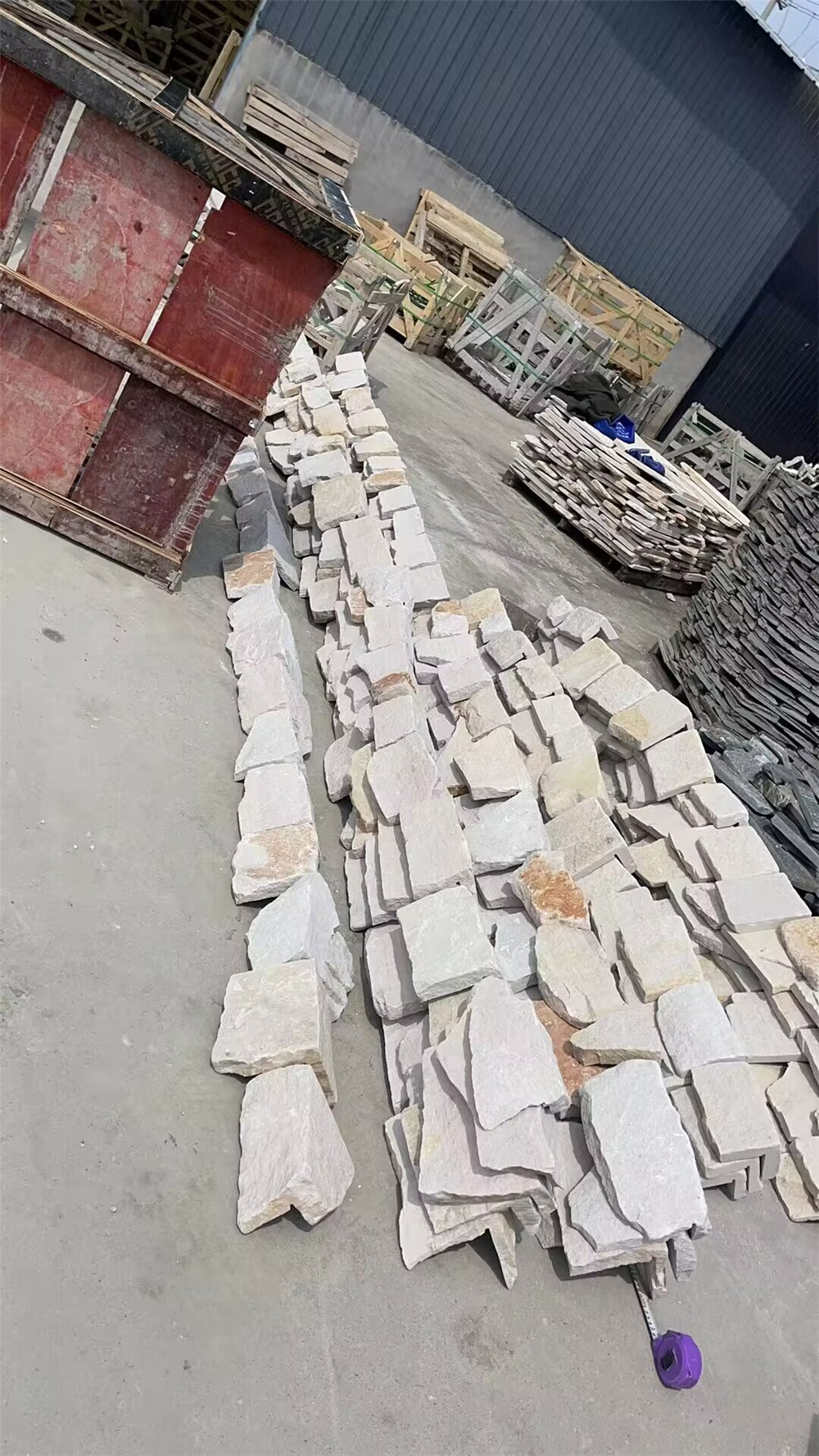Introduction
Cultured fieldstone has become a popular choice for homeowners, landscapers, and designers looking to create stunning outdoor spaces. This versatile material offers the natural beauty and rustic charm of traditional fieldstone, but with the added benefits of consistency, durability, and ease of installation. In this comprehensive guide, we will explore the many advantages of cultured fieldstone, its applications in landscaping and construction, and provide practical tips for incorporating this versatile material into your outdoor projects.

Chapter 1: Understanding Cultured Fieldstone
Cultured fieldstone is a man-made product designed to replicate the look and feel of natural fieldstone. It is typically made from a combination of concrete, aggregates, and pigments that are molded and textured to mimic the variations and irregularities of natural stone. Cultured fieldstone is available in a wide range of shapes, sizes, colors, and textures, making it a versatile choice for a variety of landscaping and construction projects.
One of the key advantages of cultured fieldstone is its consistency. Natural fieldstone can vary significantly in size, shape, color, and texture, making it challenging to find a uniform look for a project. Cultured fieldstone eliminates this variability, allowing for a more cohesive and polished appearance. Additionally, cultured fieldstone is generally more affordable than natural stone, making it an attractive option for budget-conscious homeowners and contractors.
Chapter 2: Applications of Cultured Fieldstone
Cultured fieldstone can be used in a wide range of landscaping and construction applications, from creating stunning accent walls and outdoor fireplaces to building durable retaining walls and pathways. Here are some popular ways to incorporate cultured fieldstone into your outdoor projects:
1. Accent Walls: Cultured fieldstone can be used to create beautiful accent walls that add texture and visual interest to outdoor spaces. Whether you're looking to highlight a specific area of your garden or create a focal point on your patio, cultured fieldstone can help you achieve a striking and sophisticated look.
2. Outdoor Fireplaces: Cultured fieldstone is an excellent material for building outdoor fireplaces and fire pits. Its durability and heat resistance make it a safe and practical choice for creating cozy gathering spaces in your backyard or patio.
3. Retaining Walls: Cultured fieldstone is ideal for building retaining walls that provide both structural support and aesthetic appeal. Whether you need to level a sloped yard, create terraced gardens, or define different areas of your outdoor space, cultured fieldstone can help you achieve a polished and professional look.
4. Pathways and Walkways: Cultured fieldstone can be used to create charming pathways and walkways that guide visitors through your garden or outdoor space. Its natural appearance and slip-resistant surface make it a practical and stylish choice for enhancing the functionality and beauty of your landscape.
Chapter 3: Design Tips for Using Cultured Fieldstone
When incorporating cultured fieldstone into your outdoor projects, there are several design tips to keep in mind to ensure a cohesive and visually appealing result:
1. Consider the Surrounding Landscape: When choosing cultured fieldstone for your project, consider the existing landscape and architectural elements of your property. Select colors and textures that complement the surrounding environment to create a harmonious and integrated design.
2. Mix and Match: Experiment with different shapes, sizes, and colors of cultured fieldstone to create visual interest and depth in your outdoor space. Mixing and matching different varieties of cultured fieldstone can add texture and complexity to your design.
3. Create Contrast: Use cultured fieldstone to create contrast and focal points in your outdoor space. Pair light-colored stone with dark accents, or mix smooth textures with rough finishes to create visual interest and drama.
4. Incorporate Plantings: Soften the look of cultured fieldstone by incorporating plantings and greenery into your design. Create lush garden beds, vertical gardens, or hanging planters to add natural beauty and color to your outdoor space.
Chapter 4: Installation and Maintenance of Cultured Fieldstone
Proper installation and maintenance are essential for ensuring the longevity and beauty of cultured fieldstone in your outdoor projects. Here are some tips for installing and maintaining cultured fieldstone:
1. Preparation: Before installing cultured fieldstone, ensure that the surface is clean, level, and free of debris. Use a suitable adhesive or mortar to secure the stones in place, following the manufacturer's instructions for proper installation.
2. Sealing: Consider sealing cultured fieldstone to protect it from moisture, stains, and fading. A high-quality sealant can help prolong the life of the stone and maintain its appearance over time.
3. Cleaning: Regularly clean cultured fieldstone with a mild detergent and water to remove dirt, grime, and debris. Avoid using harsh chemicals or abrasive cleaners that can damage the surface of the stone.
4. Repairs: In the event of damage or wear, promptly repair or replace damaged cultured fieldstone to prevent further deterioration and maintain the integrity of your outdoor project.
Roofing slate for historical buildings is a versatile and durable material that can transform outdoor spaces with its natural beauty and rustic charm. Whether you're looking to create accent walls, outdoor fireplaces, retaining walls, or pathways, cultured fieldstone offers endless possibilities for enhancing the functionality and aesthetics of your landscape. By understanding the benefits of cultured fieldstone, exploring its applications, incorporating design tips, and following proper installation and maintenance practices, you can create stunning outdoor projects that stand the test of time.
